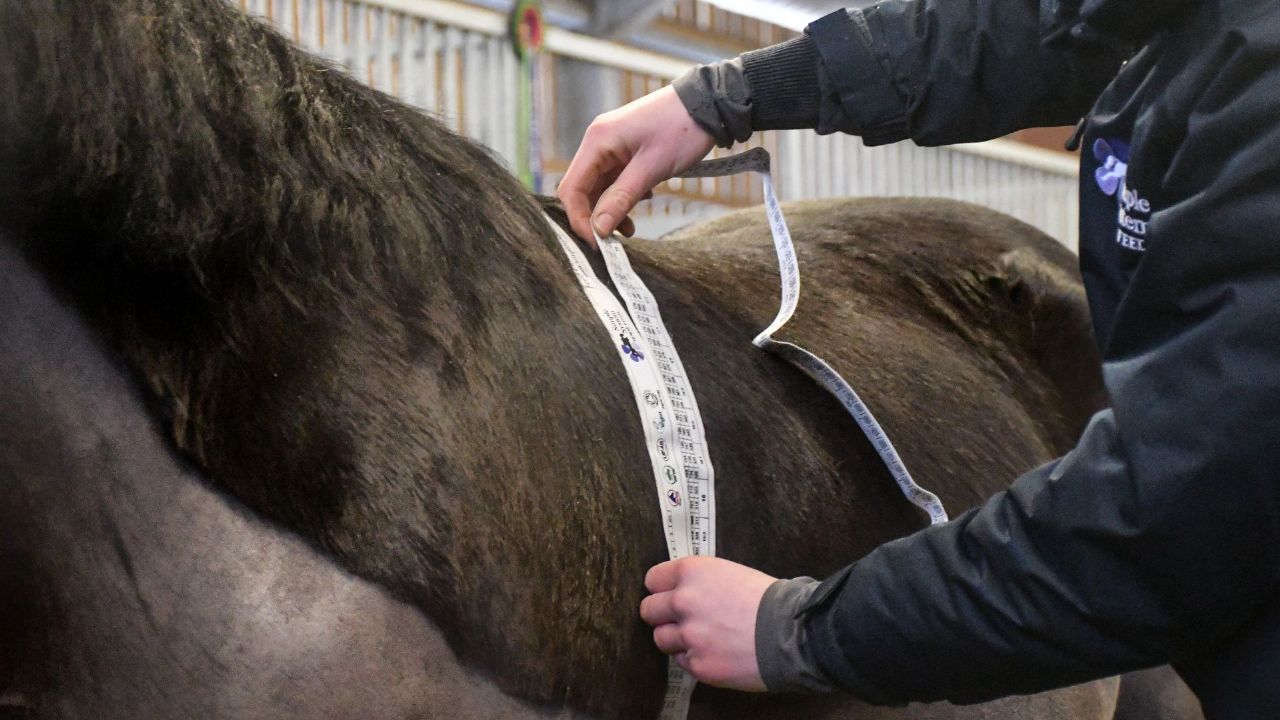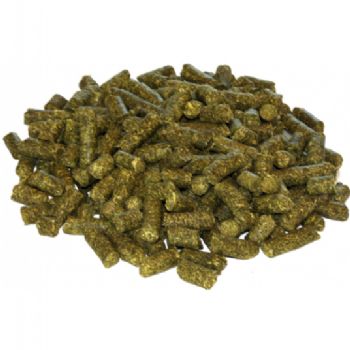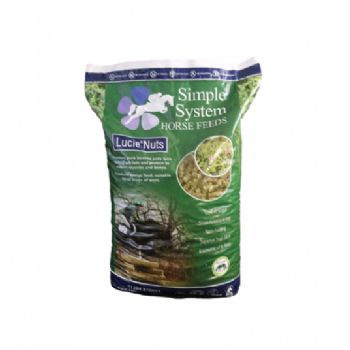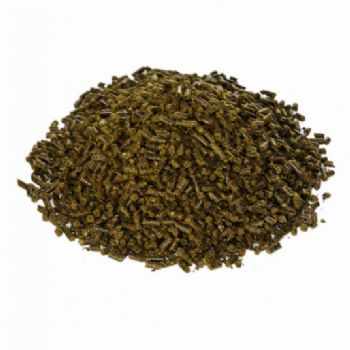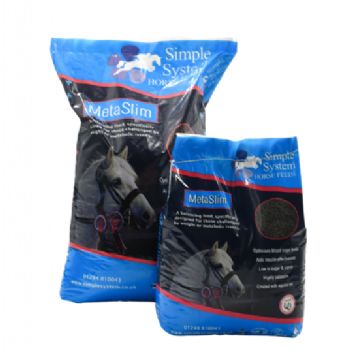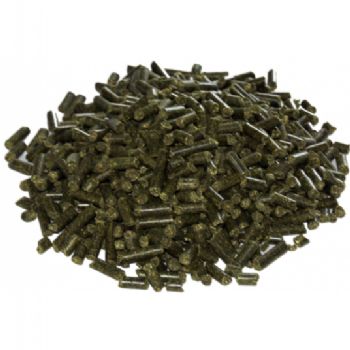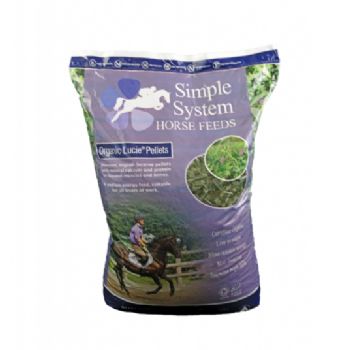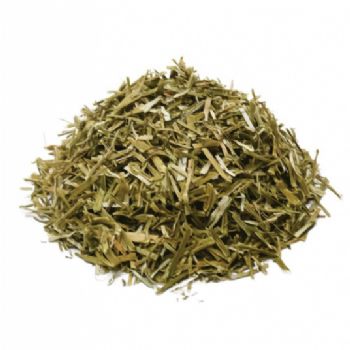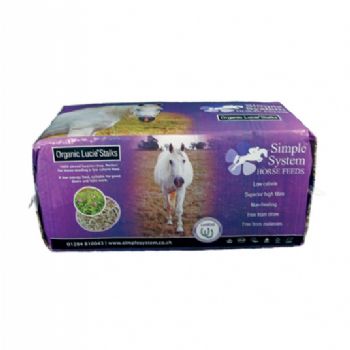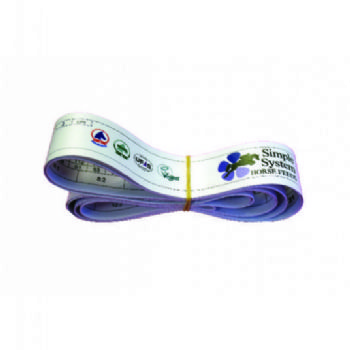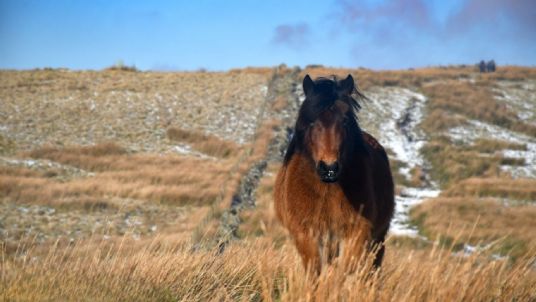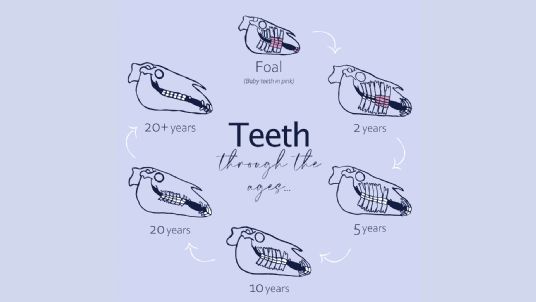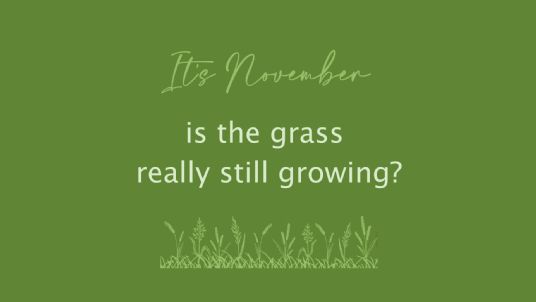Describing a horse as “metabolic” is a commonly used umbrella term – it may mean that they have Equine Metabolic Syndrome (EMS) specifically or, Pituitary Pars Intermedia Dysfunction (PPID). They may be prone to laminitis; have Insulin Dysregulation/Resistance (IR); or struggle to maintain normal, evenly distributed body condition, often developing fat pads and a crest, even when they are a healthy weight otherwise. NB. For the purpose of this article, we are not referring to the metabolic issues linked to prolonged exercise that may affect Endurance or performance horses.
Whilst metabolic disorders are often associated with older horses, they can affect horses from a young age as well as those in even very high levels of work and fit body condition - especially if they have a genetic or breed predisposition.
What metabolic horses will all have in common is that they need stricter management than your average horse, often with careful consideration of their sugar and starch intake. But, like all other horses, they still need quality protein, sufficient fibre intake and balanced vitamins and minerals.
Most “metabolic” horses will be kept on limited or restricted grazing especially when grass is actively growing and around frosty weather which can spike sugar levels. Some may even be kept off fresh pasture altogether and be housed on a dry lot turnout, such as a bark paddock or a surfaced track and have a solely hay-based diet.
The lack of fresh pasture intake increases the need for quality protein, omega-oils and a vitamin/mineral top-up which is where a specially designed balancer such as MetaSlim® can be utilised. Pairing this with a naturally low sugar forage chop such as Organic Lucie Stalks provides a nutritionally appropriate feed that being forage- rather than straw-based, is a vitally important source of protein for those on restricted diets.
Protein is not just used for muscle building but helps maintain hoof integrity and is involved in virtually every bodily function necessary to sustain life - not just good health.
Measured out diets of soaked hay can mean your horse is at risk of having insufficient dietary protein – as a minimum for those convalescing or in light work, protein intake should be 8-10% of the diet. Soaking hay for long periods can strip out this vital nutrient making it even more important to top-up it up in the feed bowl.
Whilst Organic Lucie Stalks will sustain the good doer, the underweight metabolic horse will benefit from more nutritious legume feeds, such as Lucie Nuts or Organic Lucie Pellets to supply higher levels of protein but still offer a suitably low sugar and starch level.
Back to the thing people worry about the most: sugar and starch...
Starch intake is easily reduced in the diet when forages are fed rather than cereals as plants tend not to store their own “energy” in this way.
Sugar is naturally occurring in all forages but at Simple System we never add more sugar in. We do not use molasses, syrups or sugary sweeteners. Added and refined sugars such as these dissolve in the horse’s saliva and are rapidly absorbed into the blood stream. This can be a problem for metabolic and especially IR affected horses who may end up with both high sugar and high insulin levels in the blood, which increases the risk of laminitis.
Some forages have more sugar than others, and although this sugar is within the cells of the plant and will be released more slowly, it can still cause a problem. Grass tends to have more sugar than other plants and ryegrass often has more sugar than other grasses which is why we suggest avoiding it – and do not use it in any of our feeds.
Our grass-based feeds usually have sugar levels in the range of 5-10% whilst in comparison, lucerne and particularly that grown in the UK and Europe as opposed to America (where they use the term alfalfa) has a reliably even lower sugar level, in the range of 3-7%. This makes lucerne an even more appropriate feed for horses with metabolic issues - hence its use as a forage base in MetaSlim.
If you'd like to discuss your horse's diet, contact the Simple System Feed Line on 01728 604 008 or complete our advice request form here.
